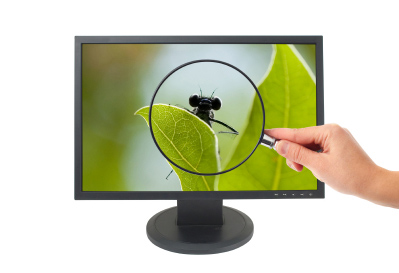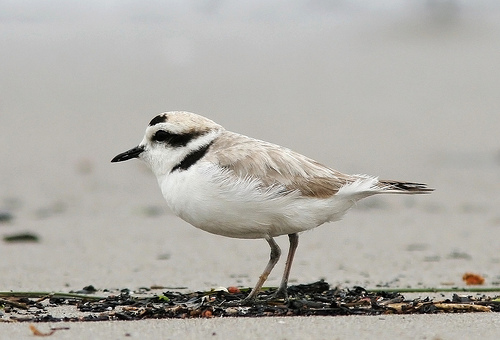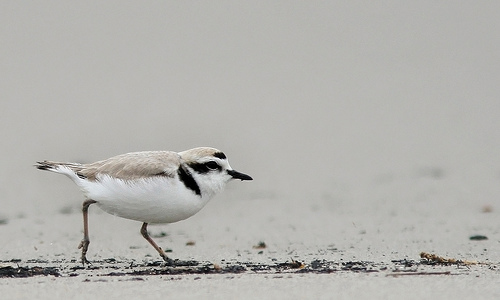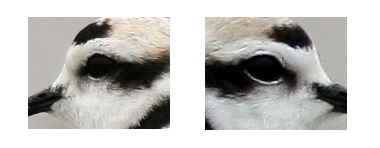
Photography allows you to capture a seemingly instant moment of time, and observe it forever. In a way, the camera is almost like a time stopper. This may even be one of the reasons you originally got into photography.
After you snap that photo, and check it out later on your computer, you probably inspect it pretty carefully, exploring each and every aspect of your image. Sometimes during these inspections, you’ll notice an intricate detail of your subject that you never noticed before.
For example, here are a couple of photos I took recently of a Western Snowy Plover:


Got it?
The subtle feature I’m talking about here is that thin white highlight around the plover’s eye. Here’s a side-by-side comparison that hopefully makes the difference obvious:

The reason it’s important to capture this subtle feature, is because this white highlight helps make the eye stand out against the black, making for a better photo. I would have captured it in the first photograph if the plover turned his head just a little to the left.
In reading about Snowy Plovers, and looking at numerous photos from other photographers, I still didn’t notice this subtle feature until photographing the bird myself, and then closely inspecting my photos.
So, your first shots of a particular subject may just be practice shots that will help show you all the intricate details of your subject, so you can then go back to capture that perfect shot. Good luck!
If you enjoyed this article, and would like to read more, please signup for free updates by email or RSS.
 About the Author: Steve Berardi is a naturalist, photographer, computer scientist, and founder of PhotoNaturalist. You can usually find him hiking in the San Gabriel Mountains or the Mojave Desert, both located in the beautiful state of California.
About the Author: Steve Berardi is a naturalist, photographer, computer scientist, and founder of PhotoNaturalist. You can usually find him hiking in the San Gabriel Mountains or the Mojave Desert, both located in the beautiful state of California.
Nice post, Steve. Sometimes it is in the subtle details where the greatest interest lies.
Lovely shots, though they lack a glint in the eye, I modified a small 2 AA battery torch to slide into my camera hot shoe, it works fine most times, depending how close to the subject you are.